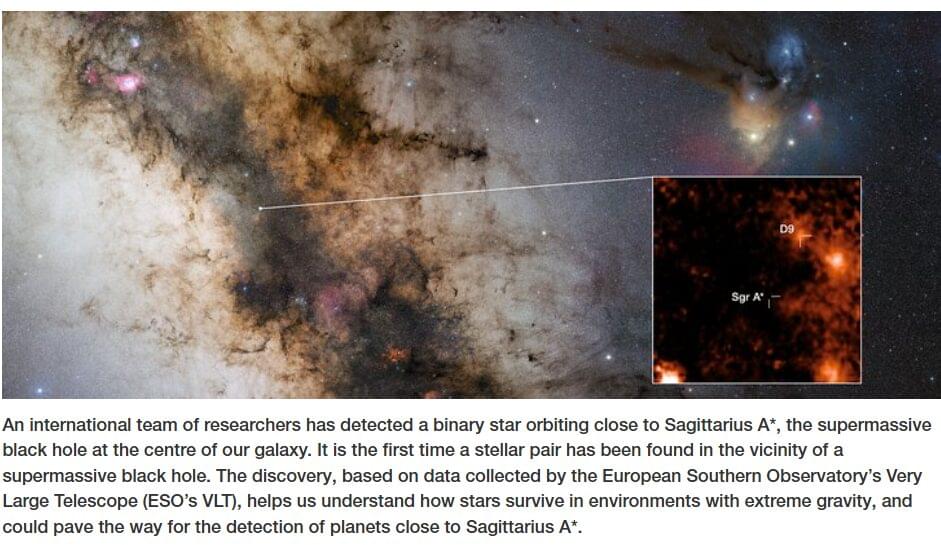One such company is JetZero, which, in partnership with engineering giants Siemens and Northrop Grumman, is developing a revolutionary passenger jet design that seamlessly blends the wings into the fuselage.




How long would you like to live, and could science and technology make it possible?
Longevity science aims to extend our healthy years through advancements in CRISPR, cellular reprogramming, and drug development. While private companies and philanthropists invest heavily in these innovations, should the government be responsible for funding these efforts? Those who say yes to government funding say that longevity research could revolutionize public health, keep aging populations productive in the workforce, and reduce the economic burden of age-related illnesses. Those opposed to public funding of longevity science say that true life extension beyond a decade might be unachievable, and it will take years before results are measurable.
They argue that when and if these advances become available, they may only be for a smaller, affluent population. They also argue that long-known behavior choices like good nutrition and sleep should be adopted by all now, instead of chasing uncertain longevity advancements.
With this context, we debate the question: Could Longevity Science Extend Your Health Span By Decades? Should the Government Fund It?
Join us on Patreon! https://www.patreon.com/MichaelLustgartenPhD
Discount Links/Affiliates:
Blood testing (where I get the majority of my labs): https://www.ultalabtests.com/partners/michaellustgarten.
At-Home Metabolomics: https://www.iollo.com?ref=michael-lustgarten.
Use Code: CONQUERAGING At Checkout.
Clearly Filtered Water Filter: https://get.aspr.app/SHoPY
Epigenetic, Telomere Testing: https://trudiagnostic.com/?irclickid=U-s3Ii2r7xyIU-LSYLyQdQ6…M0&irgwc=1
Use Code: CONQUERAGING
NAD+ Quantification: https://www.jinfiniti.com/intracellular-nad-test/

Today’s robots perform safety checks at industrial plants, conduct quality control in manufacturing, and are even starting to keep hospital patients company.
But soon — perhaps very soon — these increasingly humanlike machines will handle more sophisticated tasks, freeing up people while raising complex questions about the roles of artificial intelligence that are gaining attention.
At a panel hosted by the American Association of Retired Persons at this week’s Consumer Electronics Show (CES), experts described the next five years as a period where robots transition primarily from industrial sites to service settings, helping to address a worsening health care labor crunch.

Texas’ growth as a technology and data homebase isn’t slowing down anytime soon. This week, three firms announced the development of a massive, $1 billion data center being planned for North Texas.
Dallas-based fiber internet provider Gigabit Fiber, real estate firm Lincoln Property Co. and investment firm Tradition Holdings are reportedly partnering on the data center and tech space called GigaPop, set for a 131-acre tract of land in Red Oak, about 18 miles south of Dallas. Gigabit Fiber will begin construction of the 800,000-square-foot site in early 2025, starting with a 7,500-square-foot space.

An international team of researchers has detected a binary star orbiting close to Sagittarius A*, the supermassive black hole at the center of our galaxy. It is the first time a stellar pair has been found in the vicinity of a supermassive black hole.
The discovery, based on data collected by the European Southern Observatory’s Very Large Telescope (ESO’s VLT), helps us understand how stars survive in environments with extreme gravity, and could pave the way for the detection of planets close to Sagittarius A*.
“Black holes are not as destructive as we thought,” says Florian Peißker, a researcher at the University of Cologne, Germany, and lead author of the study published in Nature Communications.

In today’s AI news, this year coding might go from one of the most sought-after skills on the job market to one that can be fully automated. Mark Zuckerberg said that Meta and some of the biggest companies in the tech industry are already working toward this on an episode of the Joe Rogan Experience on Friday.
In other advancements, NovaSky, a team of researchers based out of UC Berkeley’s Sky Computing Lab, released Sky-T1-32B-Preview, a reasoning model that’s competitive with an earlier version of OpenAI’s o1. “Remarkably, Sky-T1-32B-Preview was trained for less than $450,” the team wrote in a blog post, “demonstrating that it is possible to replicate high-level reasoning capabilities affordably and efficiently.”
And, no company has capitalized on the AI revolution more dramatically than Nvidia. The world’s leading high-performance GPU maker has used its ballooning fortunes to significantly increase investments in all sorts of startups but particularly in AI startups.
Meanwhile, Sir Keir Starmer has green-lit a plan to use the immigration system to recruit a new wave of AI experts and loosen up data mining regulations to help Britain lead the world in the new technology. The recruitment of thousands of new AI experts by the government and private sector is part of a 50-point plan to transform Britain with the new technology.
In videos, newly deployed at Lawrence Livermore National Laboratory, El Capitan — the National Nuclear Security Administration’s (NNSA) first exascale supercomputer, is setting new benchmarks in computing power. At 2.79 exaFLOPs of peak performance El Capitan’s unprecedented capabilities are already impacting scientific computing and making the previously unimaginable a reality.
Then, François Chollet discusses the outcomes of the ARC-AGI (Abstraction and Reasoning Corpus) Prize competition in 2024, where accuracy rose from 33% to 55.5% on a private evaluation set. They explore two core solution paradigms—program synthesis (induction) and direct prediction (“transduction”)—and how successful solutions combine both.
And, in this entertaining and important talk, AI ethicist Nadia Lee shares the perils, pitfalls and opportunities that swirl around our emerging AI reality. Nadia Lee is an ethical AI advocate and the founder of ThatsMyFace, an AI company which detects key assets and people in malicious content for businesses.
Nanotechnology is moving from the realm of science fiction to reality, and in the process, these tiny technologies are offering giant opportunities.
Atch my exclusive video The Fermi Paradox: Air https://nebula.tv/videos/isaacarthur–…
Get Nebula using my link for 40% off an annual subscription: https://go.nebula.tv/isaacarthur.
Get a Lifetime Membership to Nebula for only $300: https://go.nebula.tv/lifetime?ref=isa…
Use the link gift.nebula.tv/isaacarthur to give a year of Nebula to a friend for just $30.
Visit our Website: http://www.isaacarthur.net.
Join Nebula: https://go.nebula.tv/isaacarthur.
Support us on Patreon: / isaacarthur.
Support us on Subscribestar: https://www.subscribestar.com/isaac-a…
Facebook Group: / 1583992725237264
Reddit: / isaacarthur.
Twitter: / isaac_a_arthur on Twitter and RT our future content.
SFIA Discord Server: / discord.
Credits:
Nanotechnology: The Future of Everything.
Episode 481a; January 12, 2025
Produced, Narrated \& Written: Isaac Arthur.
Select imagery/video supplied by Getty Images.
Music Courtesy of Epidemic Sound http://epidemicsound.com/creator.
Stellardrone, \
